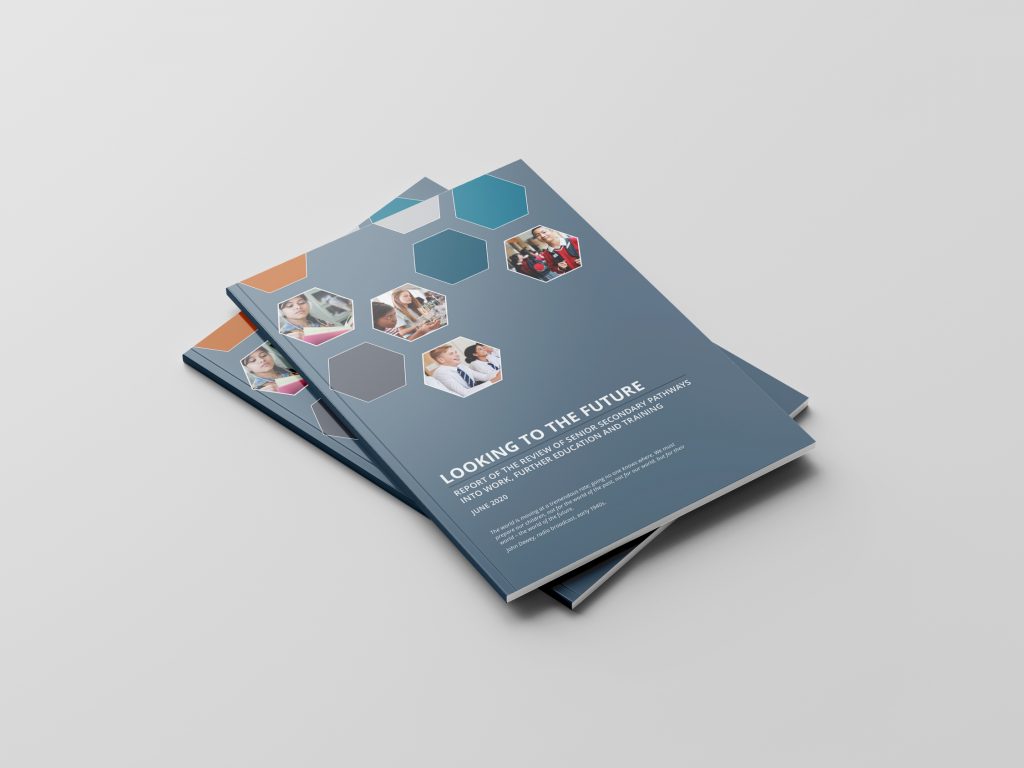- af
- sq
- am
- ar
- hy
- az
- eu
- be
- bn
- bs
- bg
- ca
- ceb
- zh-CN
- zh-TW
- co
- hr
- cs
- da
- nl
- en
- eo
- et
- fi
- fr
- fy
- gl
- ka
- de
- el
- gu
- ht
- ha
- haw
- iw
- hi
- hmm
- hu
- is
- ig
- id
- ga
- it
- ja
- jw
- kn
- kk
- km
- ko
- ku
- ky
- lo
- la
- lv
- lt
- lb
- mk
- mg
- ms
- ml
- mt
- mi
- mr
- mn
- my
- ne
- no
- ps
- fa
- pl
- pt
- pa
- ro
- ru
- sm
- gd
- sr
- st
- sn
- sd
- si
- sk
- sl
- so
- es
- su
- sw
- sv
- tl
- tg
- ta
- te
- th
- tr
- uk
- ur
- uz
- vi
- cy
- xh
- yi
- yo
- zu
News & Events
The Shergold Review
February 16, 2021

The Australian Learning Lecture has backed a new report calling for improved pathways for secondary students.
The report recommending major changes to support senior secondary students to choose the best pathway into work, further education or training has been welcomed by the Australian Learning Lecture.
Commissioned by the Education Council, The Looking to the Future- Report of the Review of Senior Secondary Pathways into Work, Further Education and Training was led by Professor Peter Shergold AC.
The report found secondary students need a shift in educational focus beyond purely academic skills, knowledge to help them thrive in future and clearer guidance about the range of educational and training pathways available following high school.
The findings also highlighted shortfalls in current transition pathways, including a heavy reliance on the ranking score, the Australian Tertiary Admission Rank (ATAR) as a measure of success.
The report called for more inclusive, diverse, and innovative school-based pathways into higher education, work and life.
Other key recommendations of the report include:
- students gain a ‘Learner Profile’ that incorporates not only their ATAR score where relevant, and individual subject results, but also captures the broader range of evidenced capabilities necessary for employment and active citizenship.
- re-packaging senior secondary certification requirements and the way learning is packaged so that students are not presented with just a choice between vocational or higher education pathways.
- a national approach to the use of micro-credentialing in schools that encourages senior secondary students to access high-quality, relevant courses developed by tertiary education and training providers, industry groups or employers.
